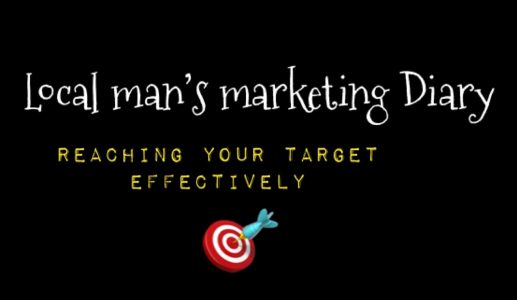Steve Tobak said marketing is like sex, everyone thinks they are good at it.’ and Peter Drucker said ‘business has only two functions, marketing, and innovation. Clearly, marketing is critical to business success. it is hard to ignore when in 2019, USD 15.2 billion was spent on marketing annually in the US Alone, matter of fact, the recommendation for marketing spend is between 8 – 12% of organizational revenue.
On average, we are exposed to about 10,000 marketing messages per day across multiple platforms. Evidently, marketing is no accident. It is a deliberate intricate science and Sophisticated Art.

Are you not fascinated by how marketing can create behavioral change? like in the De Beers ‘Diamonds are forever’ campaign that tied a diamond ring into a promise of longevity in love and changed marriage proposals forever. It also saw post-economic depression sales grow for the company.

Is it not riveting how it can create fundamental shifts in culture? like the Coca-Cola Santa that changed Christmas forever or the Share a Coke campaign that had a massive impact by personalizing the coke bottles with individual’s names.
Is it not amazing how an intervention like Display windows (Yes this was a marketing initiative) or using everyday people as models created an enormous impact on dove and started a movement of self-love and self-acceptance?
Despite there being so many myths about marketing, I was relieved to understand how straightforward and comprehensible marketing is, especially as someone to whom marketing is an innate passion.
My favorite definition of marketing is by the Chartered Institute of Marketing who defined marketing as the management process of anticipating, creating and meeting demand profitably.
Simply put, Marketing ultimately traverses all actions and efforts that oversee the creation of products all the way to how they reach the consumer, right from conceptualization and creation and of the product and how its priced. From how and where the products are distributed or displayed, to how promotion is done. It also encompasses the people involved in the entire process and the process of how the consumer interacts with the product.

Marketers are no strangers to conflict with other departments like Finance as they are usually perceived as the money spenders of the organization, yet marketing has a huge bearing on all functions of the business. An oversight in the supply chain could create a marketing disaster, For example, if the organization is found to have unfavorable working conditions or one of the company’s distribution vehicles is involved in bad driving. Lack of synchronization could ultimately create a reputational mess and endanger the brand.
Good marketing will stimulate demand and literally open the revenue tap and that is the lifeblood of the organization and a requisite for business success. There has to be a top-line for there to be a bottom-line.
Email us and let us talk about marketing.
Sources: Marketing Management by Philip and Kotler, Statista.com, ms mojo – http://www.youtube.com/c/MsMojo?sub_confirmation=1,




























